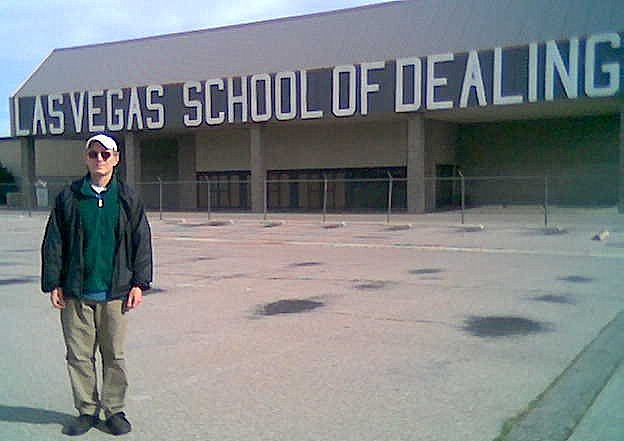Why Vouchers Won’t Fix Vegas Schools

LAS VEGAS — FOR the past year, I’ve lived next door to a public elementary school. With my windows open in the morning, I can hear children’s laughter on the playground, and at 9 a.m., the Pledge of Allegiance over the intercom. My afternoon commute takes me past the entrance, where I see a diverse group of parents collecting their children, from white moms in yoga pants to Muslim women in hijab guiding their kids carefully through the crosswalk.
Only a quarter-mile away, on the other side of my apartment complex, is a private school. These students wear identical uniforms, but still manage to showcase the diversity of the city.
For now, it’s heartening to see at least some amount of ethnic and economic variety within our local schools. But now that the state has approved a radical new voucher system, that’s about to change.
In the clichéd, across-the-railroad-tracks scuffle between private and public schools that you find in many places, the teams are often clearly divided: poor urban kids versus wealthy suburban ones. But in Vegas, where poverty is high but not concentrated in a single area, it’s difficult to identify exactly where the tracks lie.
National trends show that wealthier families are moving back to the cities, bringing popular amenities and higher costs of living with them, while low-income families are pushed into the once shiny, now-aging suburbs. Because there is no clearly defined inner city in Vegas, just a suburban sprawl that makes up the nation’s fifth-largest school district, there is a surprising level of racial and economic diversity, at least in the elementary grades.
But the schools are far from great. In a 2015 report from the Anne E. Casey Foundation, Nevada ranked 50th in education. Underfunded, chronically overcrowded and, like many states, desperate for teachers, it has long been infamous for its problems. Despite 100-degree temperatures throughout August and September, many Vegas public schools do not have working air-conditioning.
To meet high demand for better quality education, Las Vegas has provided families with a variety of alternatives to the traditional public school — charter, magnet, technical — but privately funded institutions have proved to be the best-performing, receiving national attention for innovative programs in academics, technology and sports.
How to get the public system in Nevada properly functioning has produced a frenzied debate for years, but legislation passed this summer significantly, and finally, increased the education budget by some $400 million. There is a catch, though. Part of that budget will go toward one of the most expensive voucher systems ever attempted in the country. Parents who choose private, online or home education over the public system will soon be eligible for vouchers worth about $5,000.
Unlike similar programs that offered this type of funding only to low-income families, this money will be available to higher-income families as well (though low-income students and those with disabilities will receive a bit more). Supporters argue that the program will give all parents the opportunity to choose the schools they believe will best serve their children. Politically, it also appeases taxpayers who do not benefit from the reforms because their children do not use the public system.
Private school tuition in Nevada can be as high as $12,000, and the biggest problem with the vouchers is that the poorest families will be unable to make up the difference. So, in the coming year, as middle-class families Why Vouchers Won’t Fix Vegas Schools - The New York Times:
